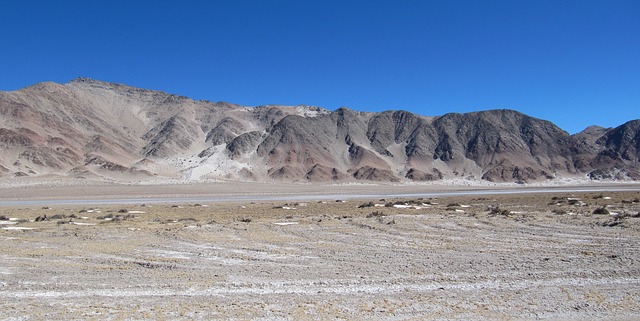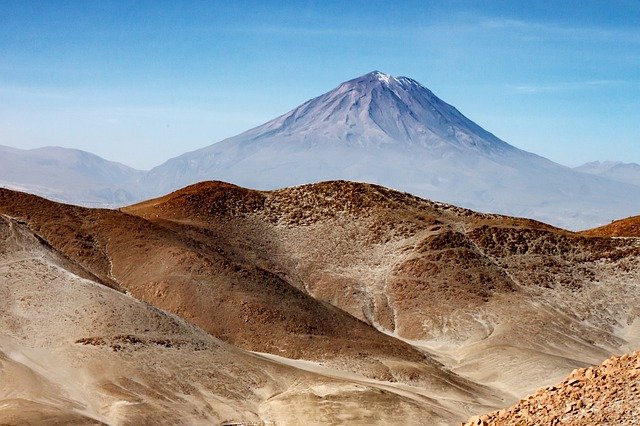
Landscape of the Argentine foothills
The area near a mountain range is called the precordillera : that is, a mountain range . The term is usually used with respect to the Andes mountain range .
Elevations close to the mountain range
Precordillera, therefore, is a concept that is used especially in South America , where the aforementioned Andes mountain range is located, which is the longest mountain range on the planet . It extends between Patagonia and Venezuela , crossing Bolivia , Peru , Ecuador and Colombia and functioning as a natural border between Argentina and Chile .
The elevations that are not part of the Andes mountain range but are close to it are mentioned as part of the precordillera. Sometimes the precordillera is spoken of as a morphological structure.
The Argentine foothills
In the Argentine case, reference is usually made to the foothills of Mendoza, San Juan and La Rioja . This foothills occupies an area of about 450 kilometers where an arid climate predominates with a marked thermal amplitude.
The Argentine foothills are chosen for the development of various agricultural activities, such as viticulture. As for the flora, the presence of carob trees, cardons and bushes stands out, while the fauna includes specimens of pumas, red foxes, guanacos and iguanas.
The zonda is common in the foothills of Argentina . It is a warm, dry wind that arises in the anticyclone of the Pacific Ocean and loses its humidity as it passes through the foothills and reaches higher altitudes.
The Chilean foothills
The Chilean foothills , for its part, allow mining exploitation in different sectors. It also includes spaces of great ecological importance, such as the Alto Huemul Nature Sanctuary , famous for its oak forest .
It is important to note that this foothills is often considered one of the most representative structures of Chile's geography. This group also includes the aforementioned Andes mountain range, the coastal plains, the intermediate depression and the Coastal mountain range.
Origin of the Chilean foothills
The Cuyo region, located in the central west of Argentina, is one of the areas through which the Chilean foothills extend. About 542 million years ago, when the Paleozoic Era began, the ancient Iapetus Ocean reached there. Starting from the fossils that are today found in the foothills, various scientists try to delve into the evolution of the marine life that arose precisely there, giving rise to the most important groups of invertebrates that, later, expanded the diversity of the entire species. Land.
Calcareous rocks from the Cambrian period, which began 541 million years ago, are the ones that house these fossils, proof that the now-disappeared Iapetus Ocean existed. Currently, the scientific communities of Argentina and the United States debate about the origin of the Chilean foothills; Two opposing hypotheses are presented around this topic: allochtony and para-autochthony .

The Andes mountain range seen from Peru
According to the first, it all started with an exotic fragment that broke off from a land mass called Laurasia and was located in the northern hemisphere. It was supposedly swept away until it merged with the supercontinent of western Gondwana (present-day South America) during the Middle-Late Ordovician period (more than 450 million years ago) or later.
Regarding the hypothesis supporting para-autochthony , it is believed that the Chilean precordillera always existed within the territory of Gondwana. In any case, it is still too early for researchers to opt for one of the two, since they must continue analyzing certain highly complex aspects about the evolution of the precordillera to rule out one of them.
